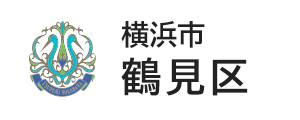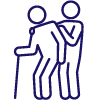Here's the text.
Historic sites, shrines and temples 6
Last Updated July 9, 2024
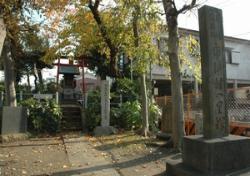
![]()
In 1604 (1604), Ieyasu Tokugawa maintained a highway and built a five-sided mound for each rito. Trees such as Enoki were planted in the mound, and used as a guide for travelers. Fifth from Nihonbashi. Every five years, local people make costumes and floats to parade. It became a registered cultural property of Yokohama City in 1989.
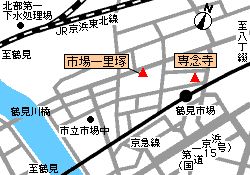
![]()
Address / Ichiba Nishinakamachi 4
5-minute walk from Keikyu Tsurumi Market Station
Search by genre| Map search| Search in alphabetical order
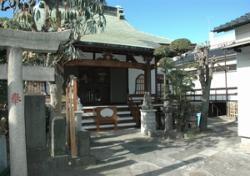
![]()
"Market Kannon" is said to be the Shinto Buddha of Murasaki Shikibu, and was crowded with many worshipers during the Edo period. The "luminous stone" and "milk stone" that flew from Mount Fuji are also famous. The daughter of the teenth Tokugawa shogun, Morihime.
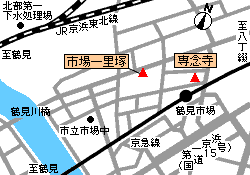
![]()
Address / Market Higashinakamachi 3-18
2-minute walk from Keikyu Tsurumi Market Station
Search by genre| Map search| Search in alphabetical order
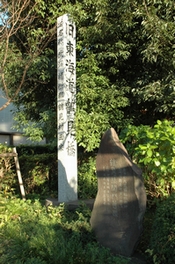
![]()
After the barley incident in 1862 (1862), the Shogunate established a guardhouse between Kawasaki and Hodogaya to crack down on foreigners. The fifth station was set up in Tsurumibashi (currently Tsurumi River Bridge).
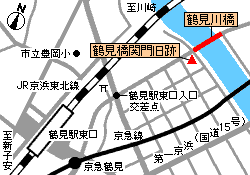
![]()
Address / Tsurumi Chuo 2-19
15-minute walk from JR Tsurumi Station East Exit
Inquiries to this page
Tsurumi Ward General Affairs Department Ward Administration Promotion Division
Telephone: 045-510-1680
Telephone: 045-510-1680
Fax: 045-510-1891
Email address: tr-kusei@city.yokohama.lg.jp
Page ID: 109-019-391
